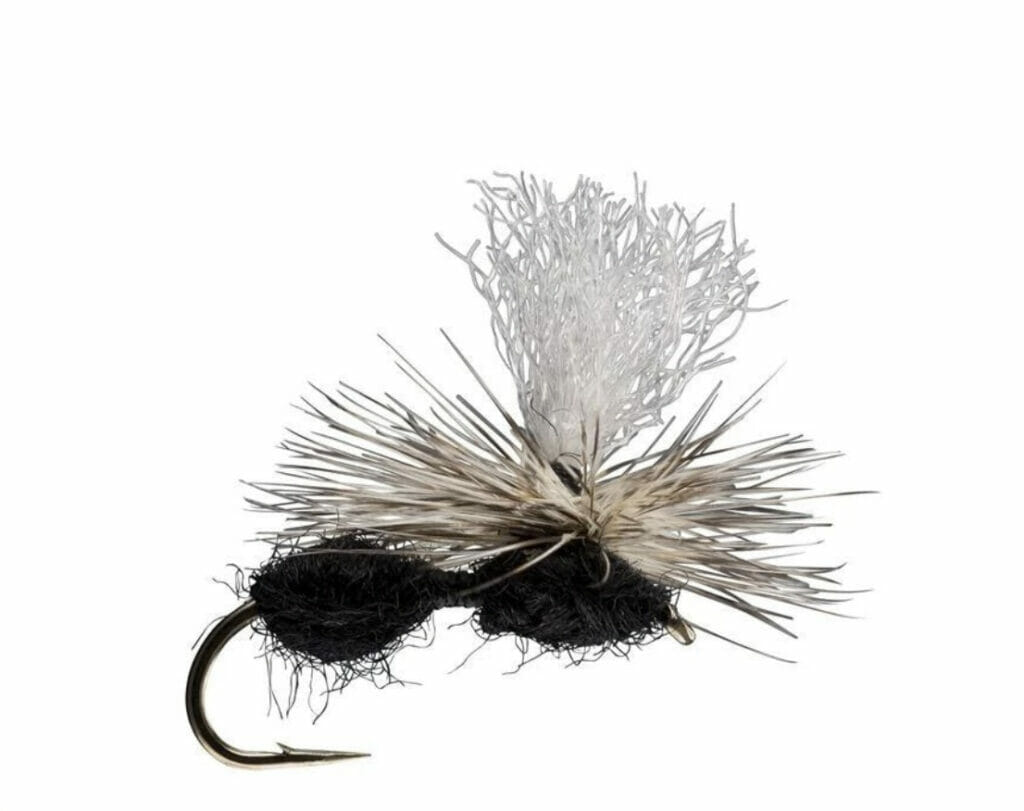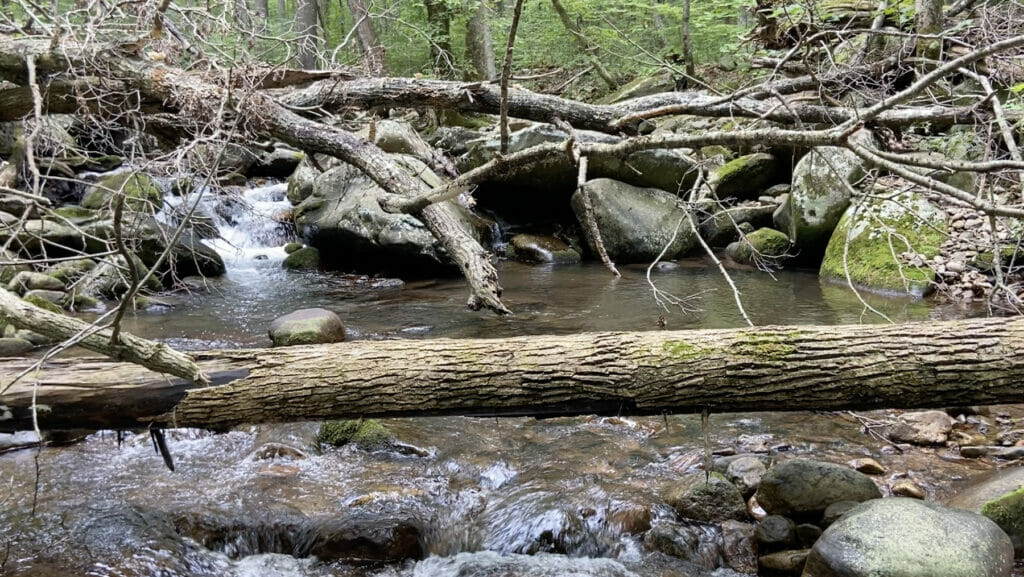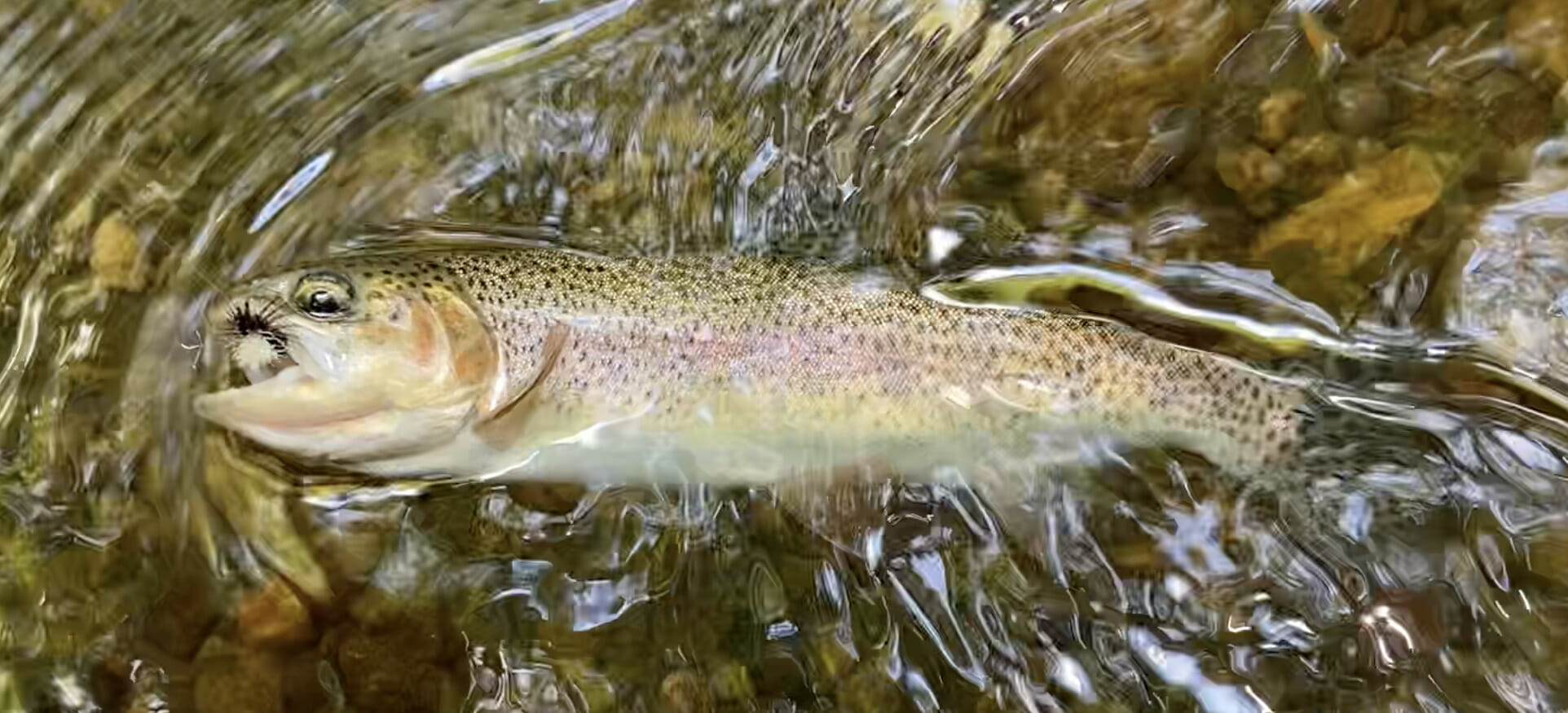Most years, Virginia’s small mountain trout streams have become unfishable trickles by August.
This year has been a bit different. Massive rains in May and June meant the streams were in great shape heading into summer’s peak, which was a good thing because July brought record heat and a strange lack of the almost-daily thunderstorms we’re used to.
A few recent rains have nicely recharged our mountain streams, so they are fishing better than usual for the heat of summer.
This is great because late-summer and early fall offer some of the season’s best dry-fly fishing on small creeks.
This isn’t hatch-matching fishing, though.
It’s terrestrial season.
Bugs that live on land but occasionally end up in the water make up a big part of a trout’s diet this time of year.
Beetles. Crickets. Hoppers. Ants. Cicadas. Bees. Fireflies.

In some regions, it’s all about hoppers. A few years ago I was lucky enough to be in Yellowstone National Park during hopper season. Throwing those big flies to big cutthroats in little water was a real treat.
We’ve got some creeks out here that run through fields and, thus, can have decent hopper action. Of course, opportunistic small stream trout will also hit hoppers even if they’ve never actually seen or eaten an actual grasshopper before. They’re just too big, meaty and buggy to resist. They also make great strike indicators on those days when adding a nymph dropper makes sense.
One of the best trout anglers I know was a cricket devotee. From July through October, if he was throwing a fly that floated, there was a 90 percent chance that fly was a black cricket. He spent a lot of time fishing one good-sized mountain stream that had some nice wild browns in it, and he caught some of those really nice fish on that cricket. (He caught his biggest fish in the spring on olive Woolly Buggers.)
My go-to small stream terrestrial is an ant. They’re abundant along mountain streams, particularly those with lots of in-stream wood.

The other afternoon I hit a small stream in the National Forest not too far from Roanoke. I started with a small Stimulator, which is a great all-purpose attractor fly and looks kind of like a hopper in its own right. The fish didn’t seem very interested.
As I sat on a streamside rock digging through my boxes I felt something crawling on my leg. It was a big black ant. I know how to take a hint.
I tied on a parachute black ant and, for the next couple of hours the creek’s spunky little rainbows and brookies confirmed that it was, indeed, the right choice.
Mark Taylor is TU’s eastern conservation director. He got his start throwing hoppers for smallmouth bass on his home river when he was 12. Unlike the terrestrial flies he casts these days, those hoppers he had to catch first.



